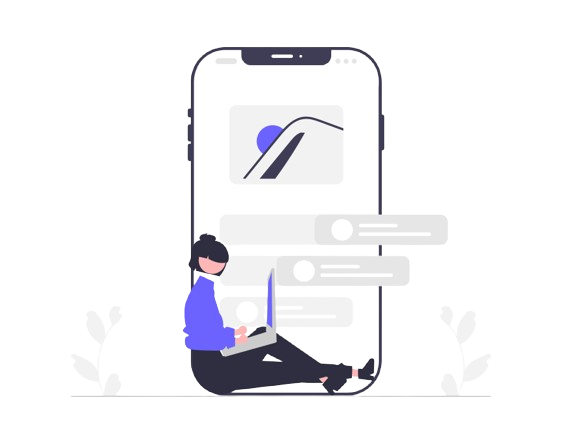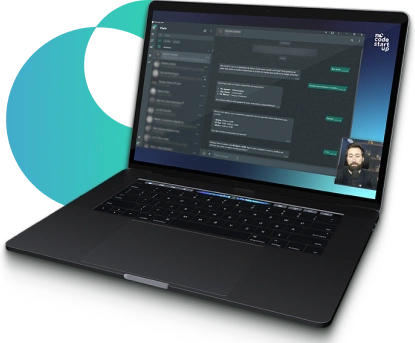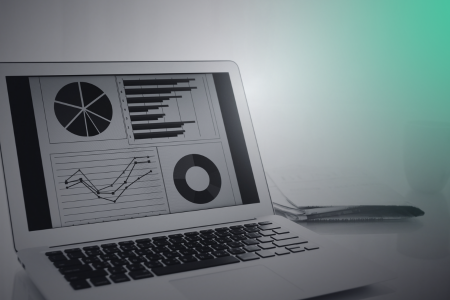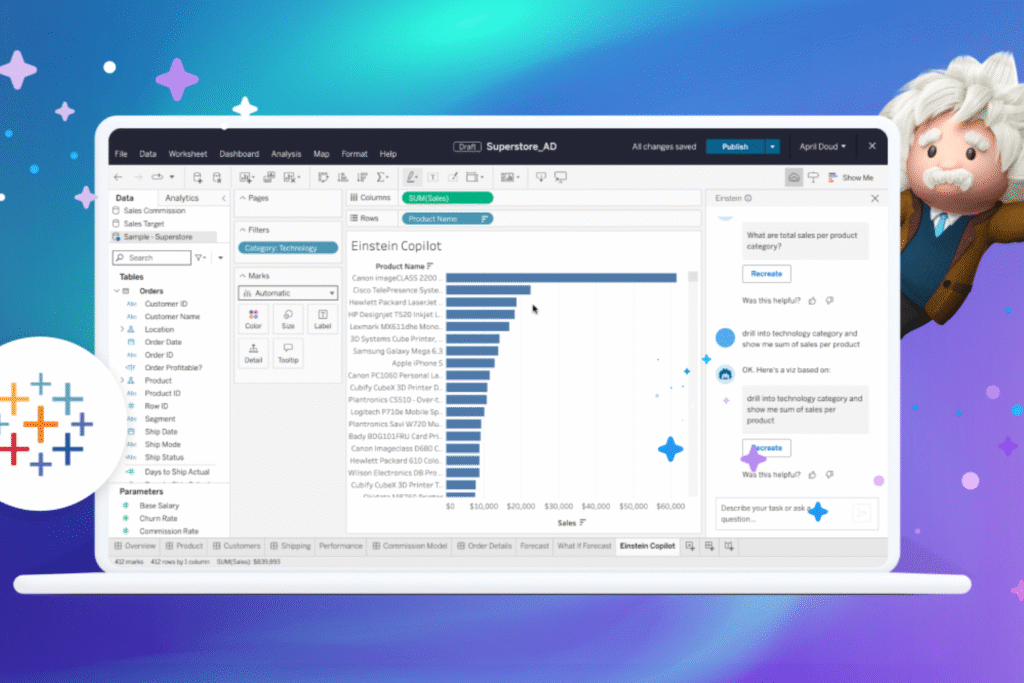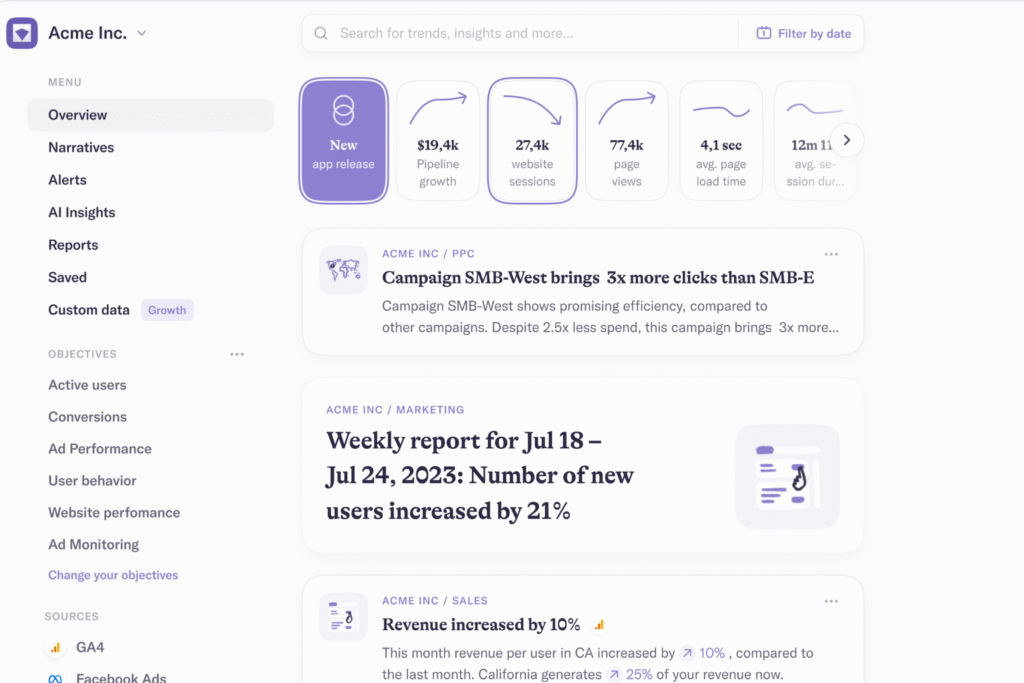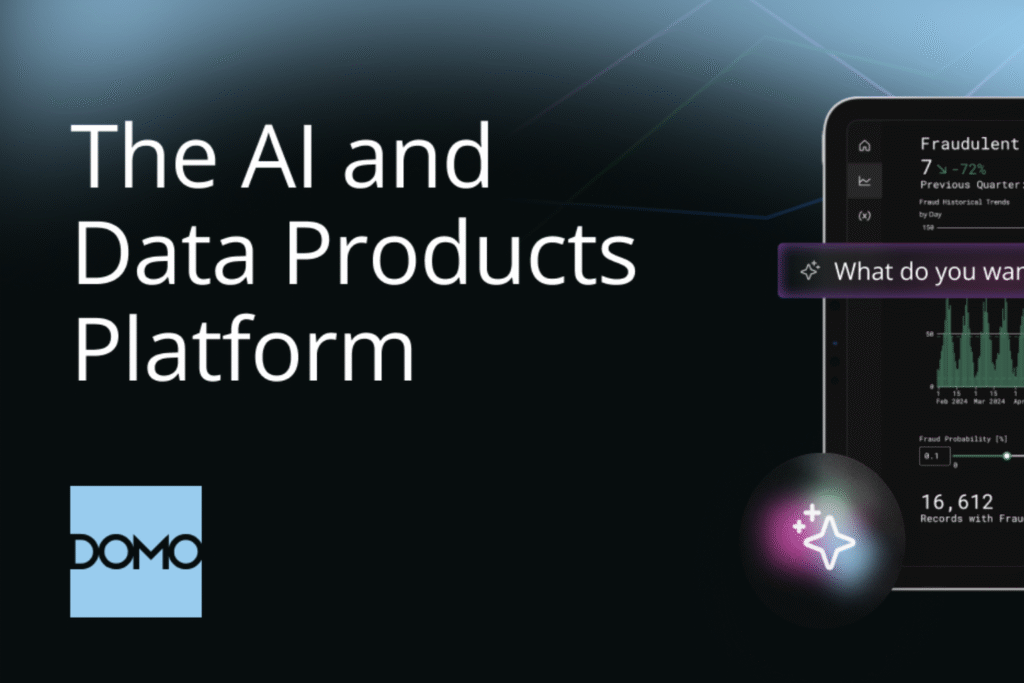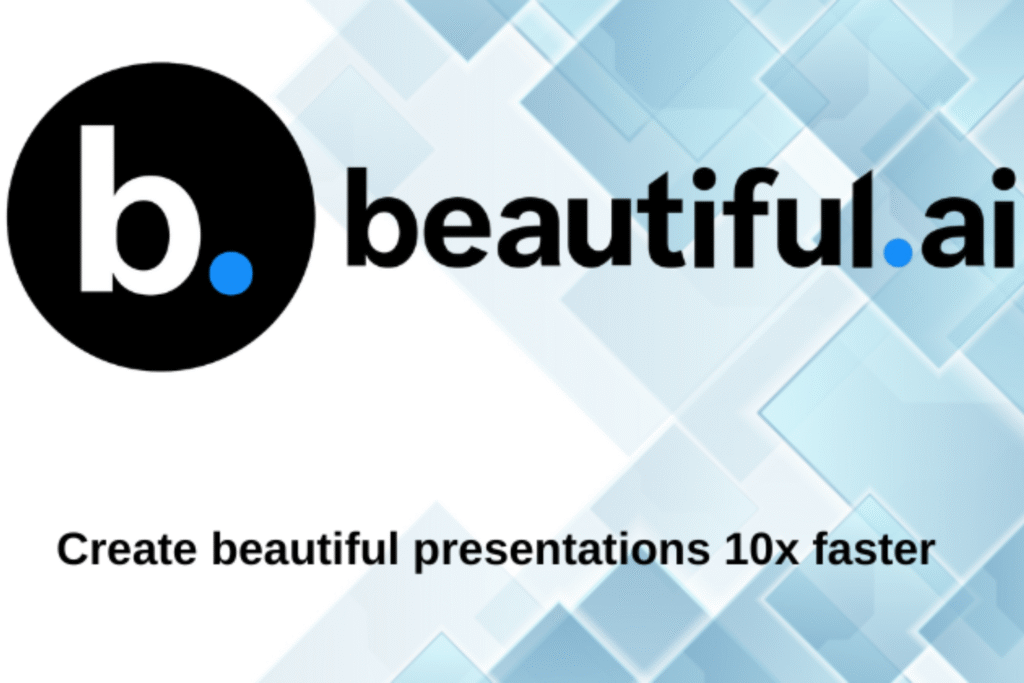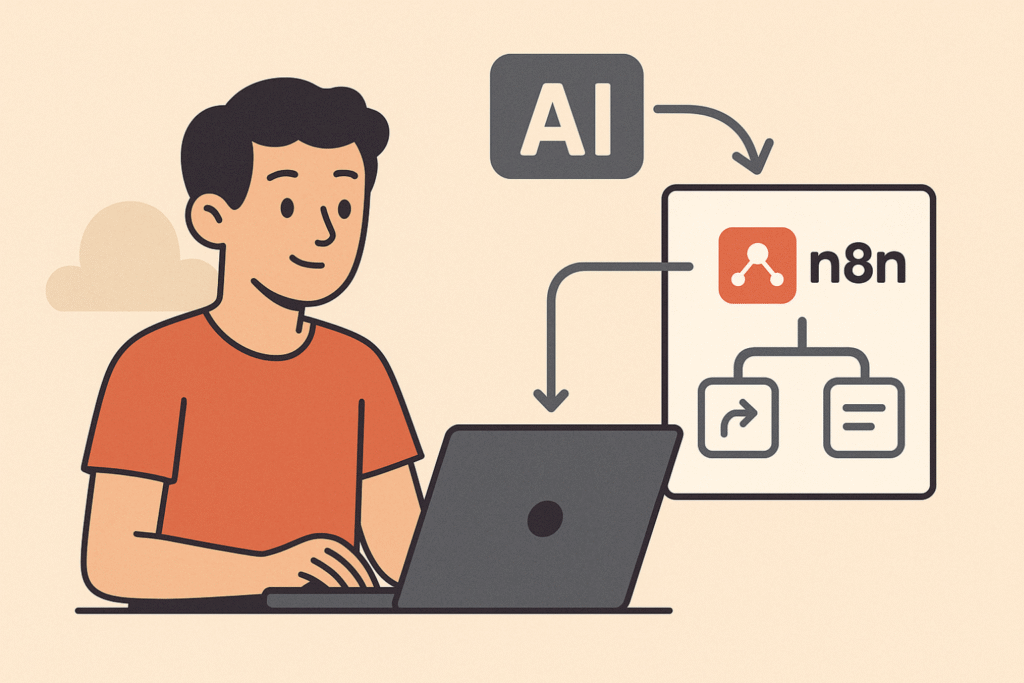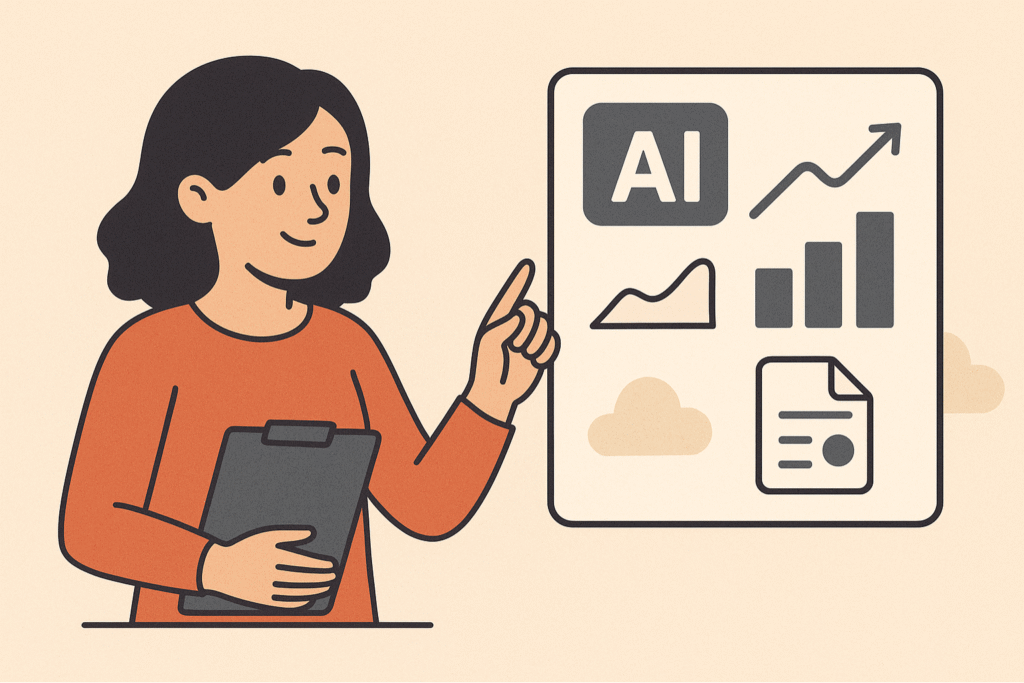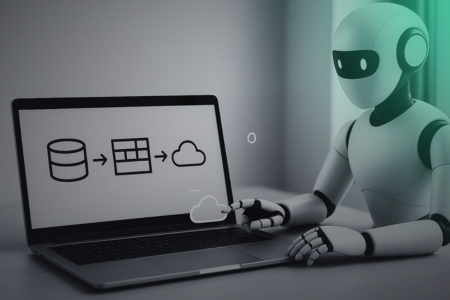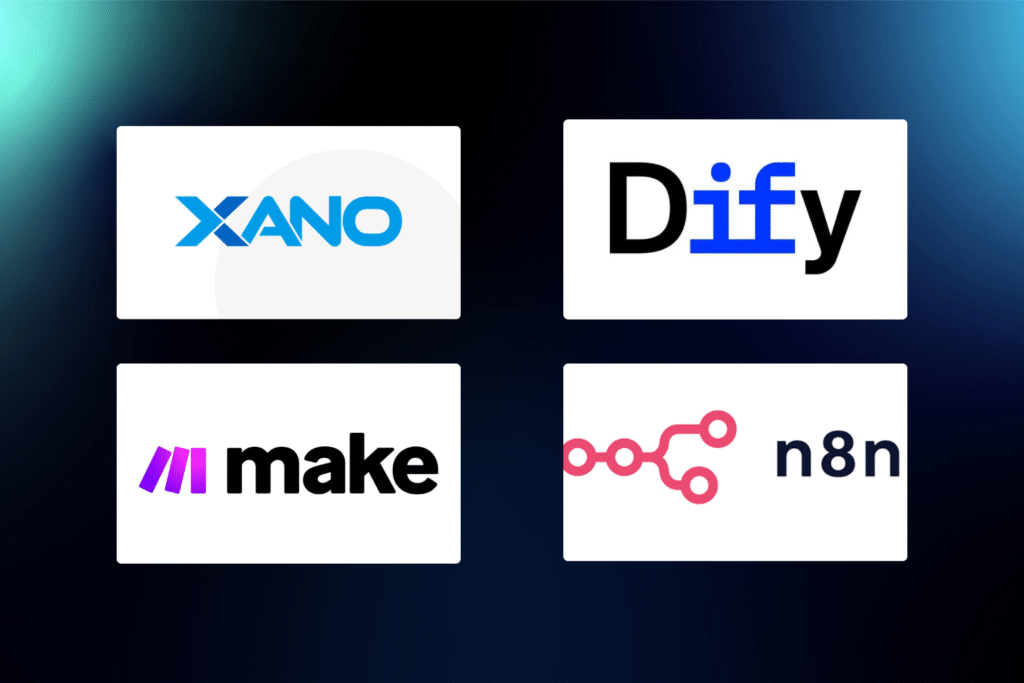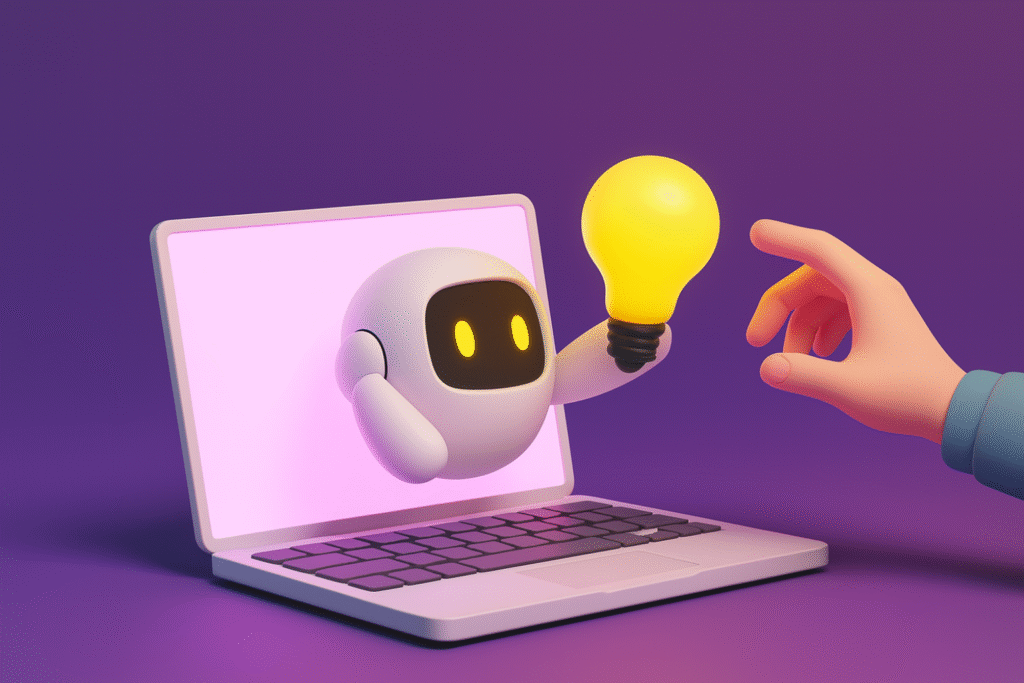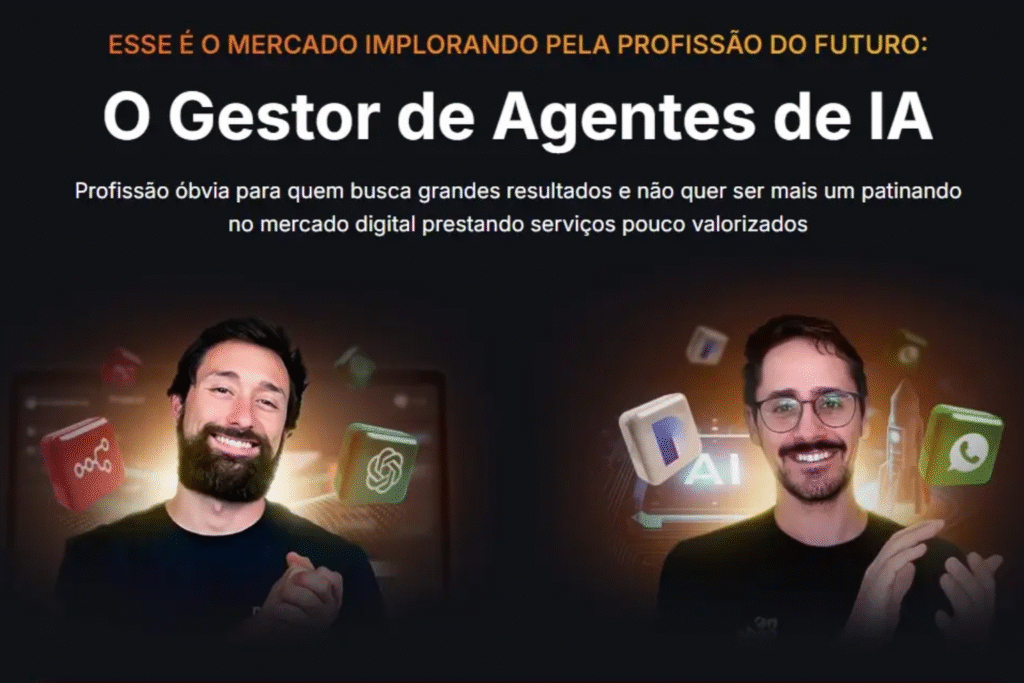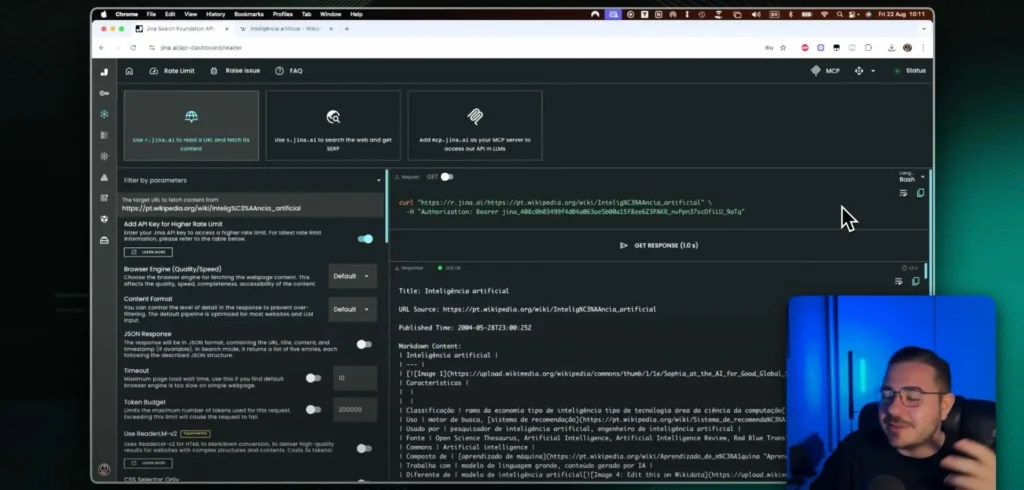What are artificial intelligence agents?
Before we talk about Dify, it’s important to understand what AI agents are. Unlike the virtual assistants we’re used to using in our daily lives, such as traditional chatbots, an AI agent is designed to achieve a specific goal and offers a set of advanced features.
This includes the ability to process complex queries, remember previous interactions, access external data sources, and even perform autonomous actions. Thus, these agents can be powered by different language models, such as GPT, LLaMA, Gemini and Claude, to name a few, which makes them highly versatile.
Basic structure of an AI agent
An AI agent is made up of a few key elements:
- AI Model: an agent needs to be connected to a model, such as GPT, to understand and generate responses.
- Prompt base: are initial instructions that guide the agent's behavior.
- Memory: Allows the agent to remember previous conversations, making it more consistent and useful in extended interactions.
- Knowledge base: a structure that feeds the agent with specific information, using vector data to organize content and ensure accuracy in responses.
- External tools: functions that the agent can activate to access external data, such as weather forecasts, sending emails, or even conducting web searches.
Therefore, these elements make AI agents a robust and efficient option for various business and personal applications.
Why is Dify one of the best tools on the market?
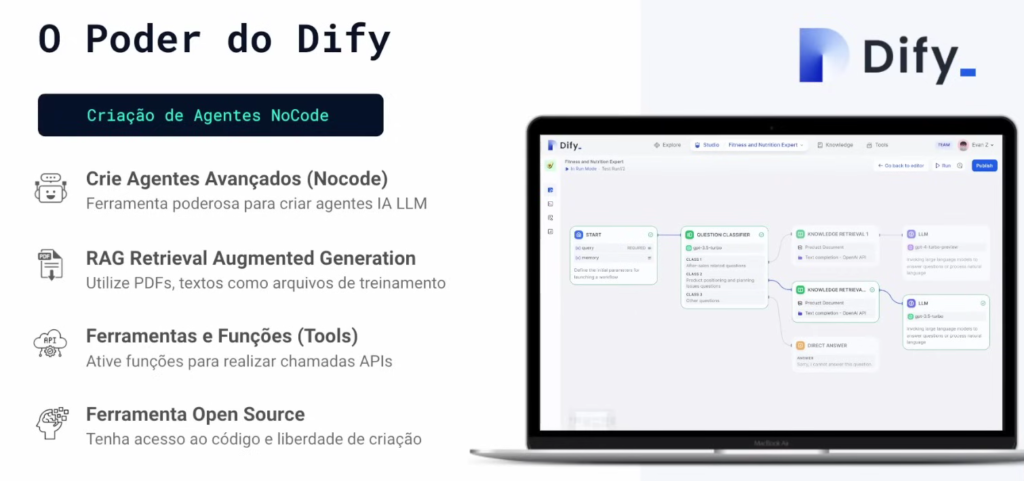
Now that we understand what they are AI agents, let's see why Dify stands out.
Ease of No-Code Mode
Dify allows you to create complex agents without requiring programming knowledge. The platform offers an intuitive interface where you can build conversation flows. In addition, you can configure agent behavior through prompts.
Additionally, Dify also allows the creation of agents for both chatbots and more complex workflows, adapting to different needs.
Advanced features for businesses and developers
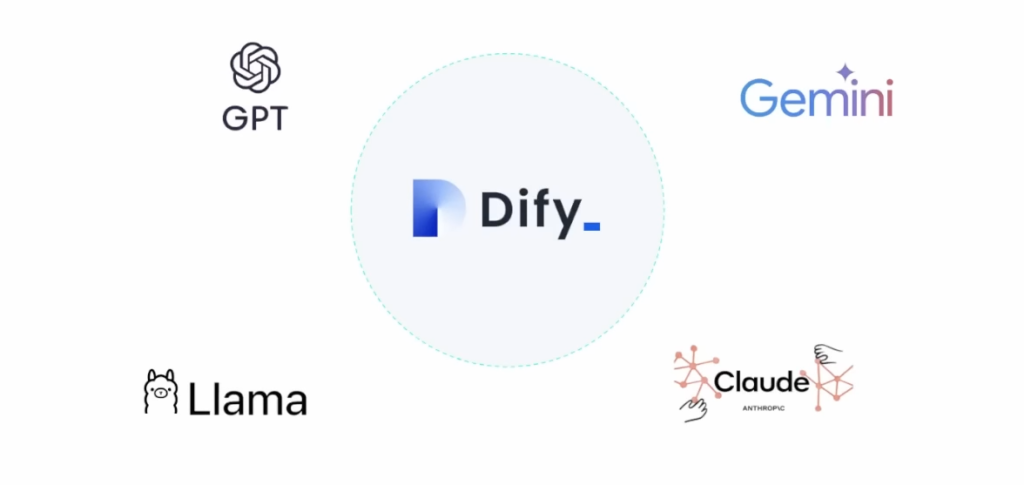
Dify offers a number of features that make creating AI agents simpler and more powerful:
- Integration with different models: It is compatible with several models, such as GPT, Gemini, LLaMA and Claude, allowing a choice based on project needs and budget.
- RAG (Retrieval-Augmented Generation): This feature allows the agent to search for specific information in files or web pages, making it more intelligent and specialized in certain areas.
- Function calling: Dify supports “function calling”, allowing the agent to trigger tools such as weather forecasts, Google queries, image generation, and even access to external APIs.
Thus, these features make Dify a complete platform for creating intelligent agents with multiple built-in functionalities.
Customization and flexibility
Dify allows you to fully customize your agents. So with the option to add specific tools like Google search or charting, Dify makes it easy to set up agents tailored to a company’s specific needs.
Additionally, the platform is open-source, which allows users to self-host, resulting in lower costs and greater control over the project.
Comparison with other tools

There are several other platforms for building AI agents, but Dify stands out in terms of flexibility and functionality. Compared to other tools like OpenAI, Dify has the advantage of being open-source.
This allows for greater customization and control of data and integration with various APIs. More basic tools or those without support for RAG and Function Calling may be less efficient in complex contexts.
Dify Pricing and Plans
Dify offers both free and paid plans, allowing users to test out the platform before opting for a more advanced plan. The free plan provides up to 200 messages and supports some basic integrations.
The paid plan offers advanced features, such as a higher message limit, unlimited storage, and access to additional tools. Therefore, for companies that want a fully customized solution, Dify offers plans for teams. In addition, there is a self-hosting option, ideal for reducing costs.
Using Dify in practice: how to get started?
To get started with Dify, simply create a free account and explore the core features. So, here’s a basic walkthrough to create your first agent:
- Creating an agent: In the Dify studio, you can choose to create a basic chatbot or an agent with advanced functionalities like RAG and Function Calling. In the case of chatbots, you can connect AI models and define simple instructions.
- Connecting knowledge: Dify allows you to add knowledge bases such as documents, websites, and files. This makes it easy to create an agent that responds based on specific information.
- Configuring external tools: In the tool panel, you can enable various functions, such as Google search, Wikipedia query, and image generation. These tools allow the agent to fetch data in real time and perform additional actions.
- Testing and publishing: After configuring the agent, you can test it to verify that it works. Then, just publish it and it will be ready to use.
In addition, the platform also offers resources such as templates and workflows, facilitating the creation of agents for different purposes, from customer service chatbots to sales assistants.
Conclusion: Is Dify worth using?

Dify is one of the best AI tools among the options for creating AI agents on the market, especially for those looking for a no-code solution with high flexibility. With features such as conversation memory, RAG training, Function Calling and integration with various models, Dify offers a complete environment for creating robust and customized agents.
Thus, the platform is an excellent choice for both companies looking to implement AI solutions in their operations and for developers looking to explore the potential of intelligent agents.
So, for those interested in getting the most out of Dify, it’s worth exploring the tutorials and additional resources available on the website and social media. After all, with such a powerful and accessible tool, creating efficient AI agents has never been easier. So, be sure to watch our full video on NoCode Startup Youtube!
